Celebrated Designs: Dezeen Awards
As is the case in so many industries, the final month of the year tends to be littered with awards, and the world of design and architecture is no different. Much like last year, when lockdown was in full effect for the however-many-times, one of the most sought after and well respected of the lot, the Dezeen Awards, was held virtually again this year. Presented by former interviewee Lionheart and experimental designer and filmmaker Nelly Ben Hayoun.
Now in its 4th year, the awards are a coveted prize and this year some 4,700 entries were made from a total of 86 countries. The awards themselves are separated out into 6 main categories, with the return of Architecture, Interiors, Design and overall Studio Winners being joined by new elements including Media and Sustainability this year. The latter going some way in showing how the collective mind-set of considering how the things we make and use are affecting the planet has established itself within the zeitgeist.
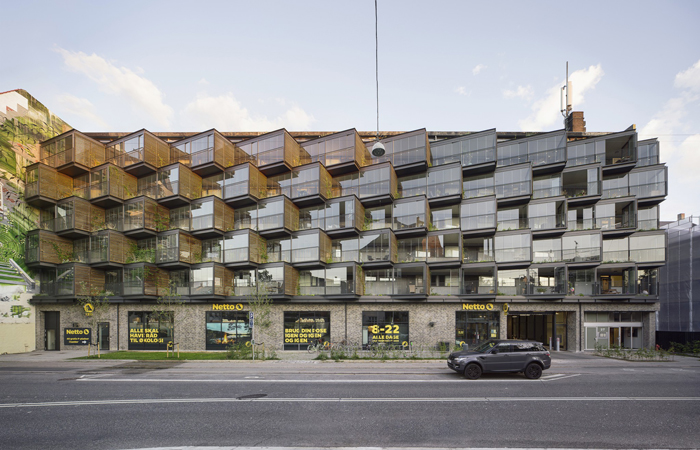
Ørsted Gardens by Tegnestuen Lokal, winner of the Residential Rebirth Award
Within the prominent Architecture section there are 11 winners, spanning Urban house of the year, Rural house of the year and Cultural building of the year categories to name a few. Aside from the Sustainability category itself, a number of winners stand out for their eco-credentials and as we’ve been reporting over the past number of months, a shift in focus towards natural materials is noticeable and welcome. Ørsted Gardens by Tegnestuen Lokal, winner of the Residential rebirth award, is a truly transformative effort. Glass is paired with timber slats to create semi-private balconies for residents of a building that what was once labelled “the ugliest in its neighbourhood.” Now, these small outdoor spaces offer another dimension to the homes, whilst cleverly shrouding each home from the heavily trafficked street below.
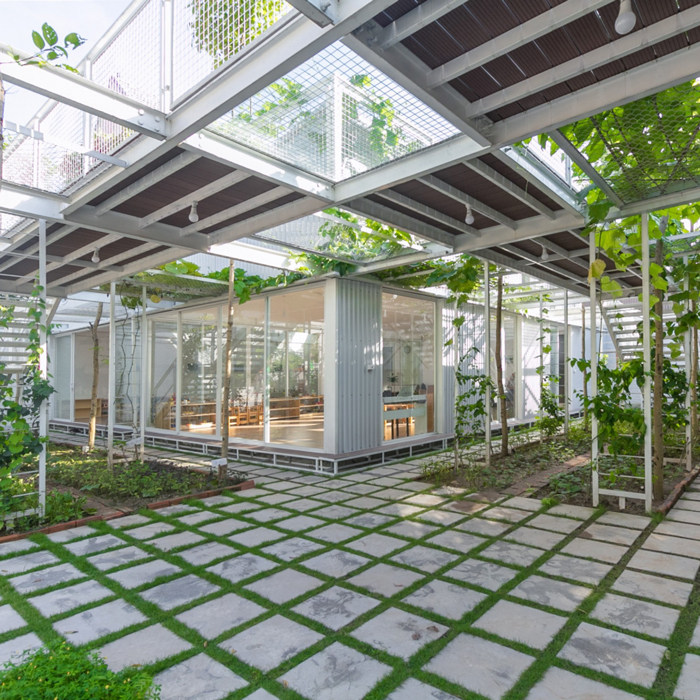
Civic Building winner, My Montessori Garden by HGAA
Nature itself is the clear focus of the Civic building winner. My Montessori Garden by HGAA has claimed a patch of land next to the preschool in Ha Long City and turned it into a garden for the children to explore and enjoy at their leisure. The glass walls of the building allow for open views upon the outdoor space, which will continue to change across the seasons and gradually grow and expand and develop over the years, just like the children themselves.
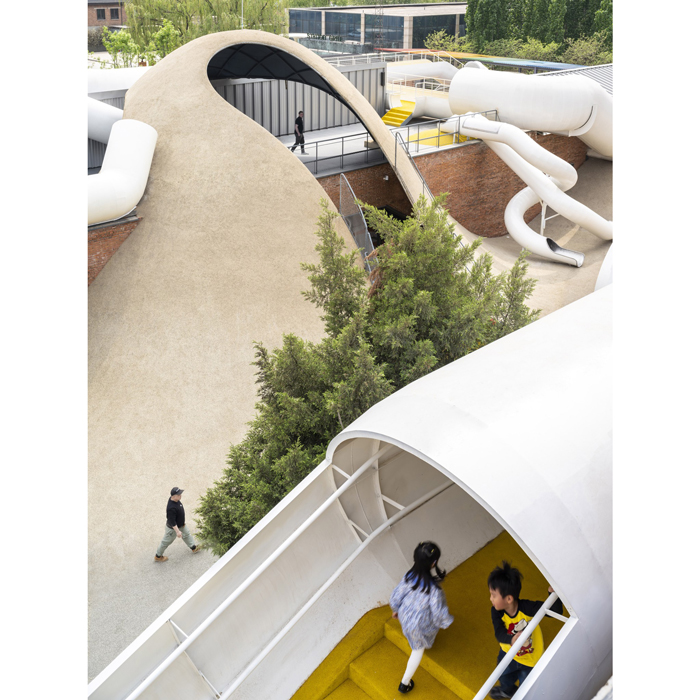
Back to the Neighbourhood: The Playscape by WAA
Fostering a sensibility of outdoor spaces at such a young and impressionable age is also at the heart of Back to the Neighbourhood: The Playscape, children’s community centre by WAA, winner of the Landscape project category. Play is a core tenet of the project, which sees a 1970’s industrial grain store transformed into a sensory learning space for young children to explore and take some ownership of. The space, which is created for a children’s healthcare provider specialising in movement development, challenges the surrounding urban landscape by providing undulating and organic structures that are far more topographic than one would expect from such an environment. Much like a playground, children are invited to climb, balance and run, all things that help their physical and mental development whilst living in the hubbub of busy Shanghai city.
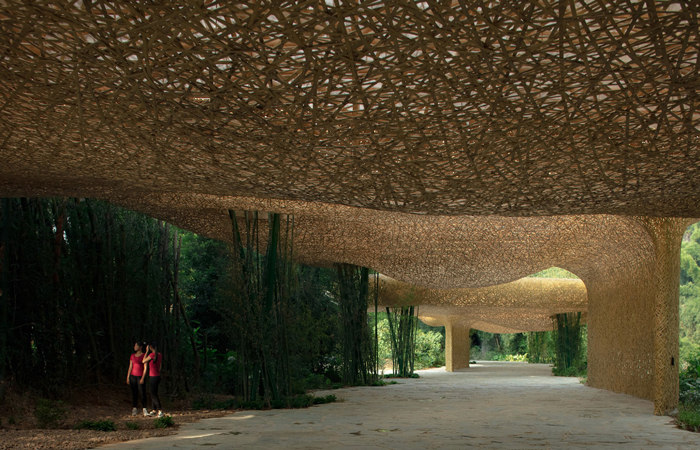
Bamboo Bamboo, Canopy and Pavilions by LLLab
Another Chinese project of note is the winner of the Small building category, Bamboo Bamboo, Canopy and Pavilions by LLLab. The structures were created for the annual Impression Sanjie Liu light show in Yangshuo and as the names suggest, they utilise the natural material in a big way. The pliable shoots have been woven to create incredibly intricate forms, one of which acts as a stand alone pavilion, whilst the other as a connecting walkway that both leads guests through the natural environment towards the entrance whilst offering protection from the elements. As the judges point out, “Canopies and pavilions often offer opportunities to experiment in design. The use of Bamboo has become almost fashionable in recent times; this project however makes excellent and innovative use of Bamboo in a precious landscape with endless greenery; the new construction like a cloud extends nature without competing with it.”
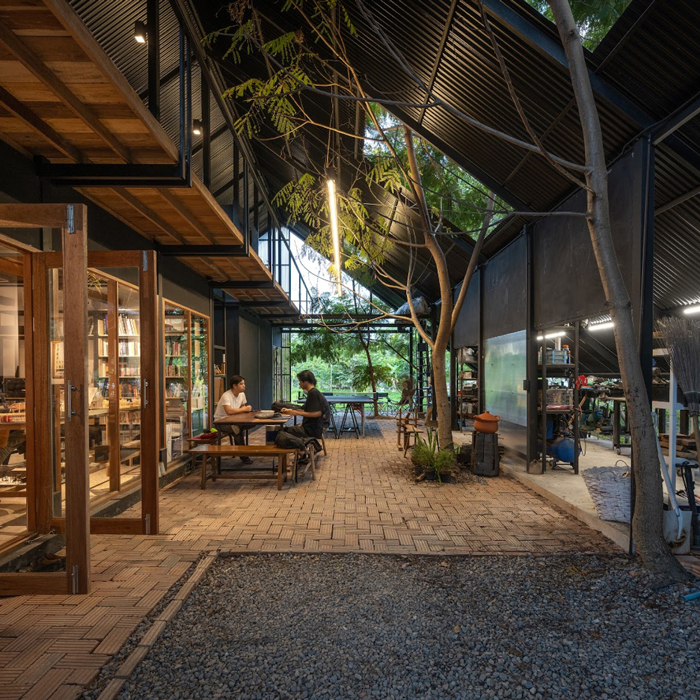
Sher Maker Studio, Interior Design Project of the Year
In Thailand, Sher Maker Studio won the Interior design project of the year for the development of their own offices. Materials play a key role in the design once again; only this time salvaged, as well as some virgin materials was the emphasis. The building is centred around an open courtyard and is sensitive to the surrounding area, which includes a lake and plenty if acacia trees. Old timber and steel frames as well as locally sourced bricks and construction gravel form the majority of the material palette and have helped to keep the total spend for the project to a staggeringly low £15,000. Interior design studio of the year goes to Finnish based studio Fyra, who also put an emphasis on workspaces as well as hospitality environments. The studio’s approach goes beyond pure aesthetic reinvention and instead turns the attention to each clients specific needs within a space, making each new design a detailed consideration of the environment as a whole.
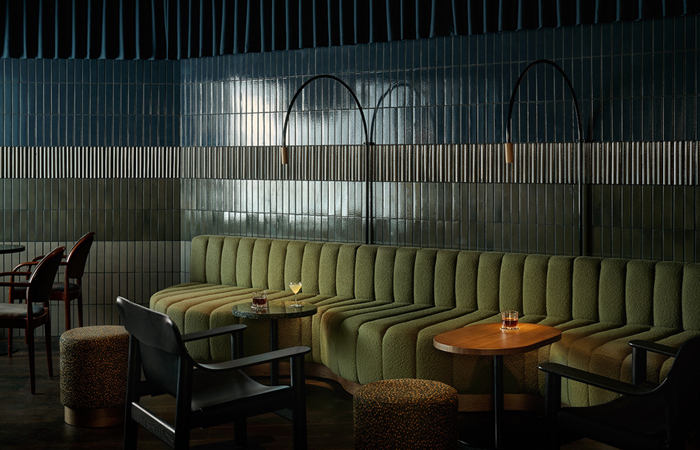
Interior Design Studio of the Year, Fyra
The accolade of Designer of the year goes to a collective of designers and researchers from across a range of disciplines who make up Superflux. Working with the mantra, “Translating future uncertainty into present day choices” the studio create insightful installations, such as the forest installation at this years Design Biennale at Somerset House, that help to inspire positive change at a time when we need it most.
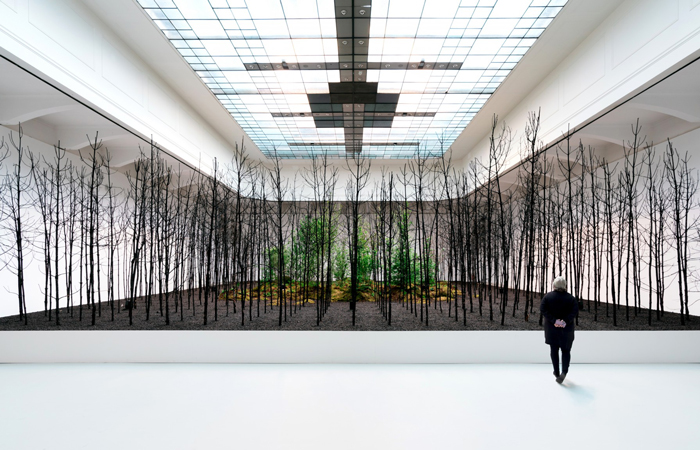
Designer of the Year, Superflux
Special mention must also go to the winner of the Sustainable design award. Common Sands: Fortite by Studio Plastique, Snøhetta and Fornace Brioni is a collaborative project that span 3 years of research and has culminated with the creation of a new surface material composed of upcycled glass saved from industrial waste streams. The resulting is an adaptable and multifunctional architectural surface solution, and one that we can all hope to see plenty more of in 2022!




